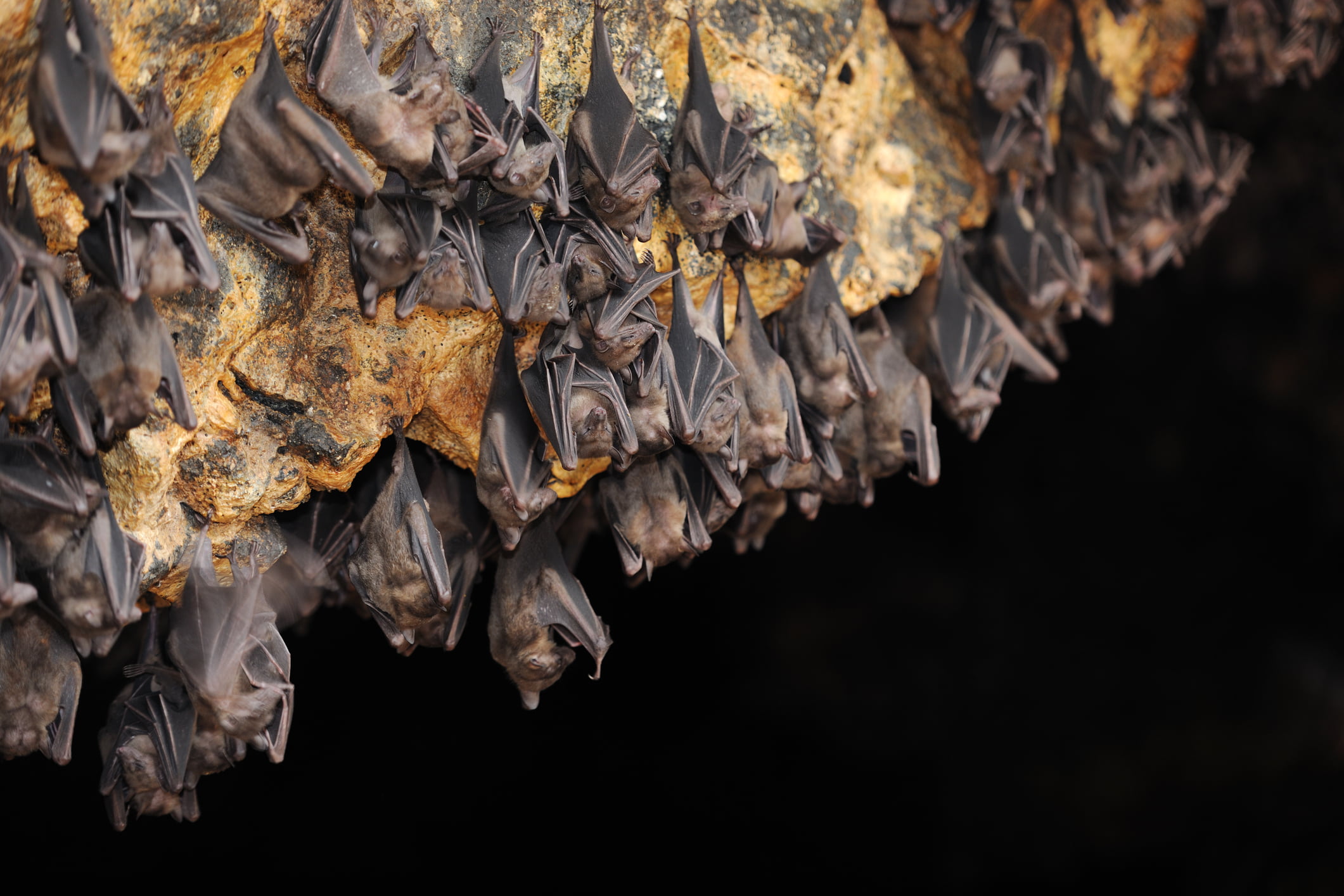JUST WEEKS REMAIN TO ASSESS AND ACT ON BAT ROOSTS TO AVOID CONSTRUCTION DELAYS, WARN ECOLOGISTS
Ecologists at Harris Lamb have warned developers that they have a matter of weeks left to identify the presence of bat roosts at earmarked sites, or risk delays to their plans.
The business’ Environment team has also issued a reminder that disregarding the presence of bats in the vicinity of construction sites can lead to more than delays, with those failing to protect them being subject to potential unlimited fines and up to six months imprisonment.

Holly Smith, Director, said that all 18 species of bat in the UK are legally protected from killing and injuring, meaning that construction schedules could suffer lengthy setbacks if developers did not commission the necessary surveys within the window for action.
“Bats use buildings, trees and other structures for roosting, and as such, their roosts are protected from disturbance and destruction, whether a bat is present within it or not. The survey window began back in May, and ends in September, so should developers suspect that any buildings or trees at a site has bat roost potential, or a confirmed roost, they need to instruct ecologists at the earliest opportunity this month, to complete the survey process within the correct survey season.
“There are hefty penalties for those who don’t comply – six months’ imprisonment and/or unlimited fines can be imposed – so in order to avoid committing an offence, surveys should ideally have been planned in advance of any works that could affect bats or their roosts, but for those who have left it until now, time is of the essence,” he said.
Ecologists have to follow strict, industry standard guidance which dictate when and how many bat surveys are required. If there is potential of bats being present within trees, buildings or structures on site, a Preliminary Roost Assessment (PRA) will be required to identify any potential roosting features. If roosting features are identified then nocturnal activity surveys are required, the majority of which need to be concluded before the end of August.
Holly added: “Should bat habitation be detected, our team will work with clients to find solutions, including planning works while bats are absent from the roost and ensuring they are not altered, obtaining a European Protected Species Mitigation Licence (EPSML) or Bat Mitigation Class Licence (BMCL) to get authorisation to conduct work and relocate the bats to new roost sites.
“The crucial thing is to take the necessary steps now to avoid having such plans delayed until 2022 and beyond.”
For support and guidance, contact Holly at holly.smith@harrislamb.com.
